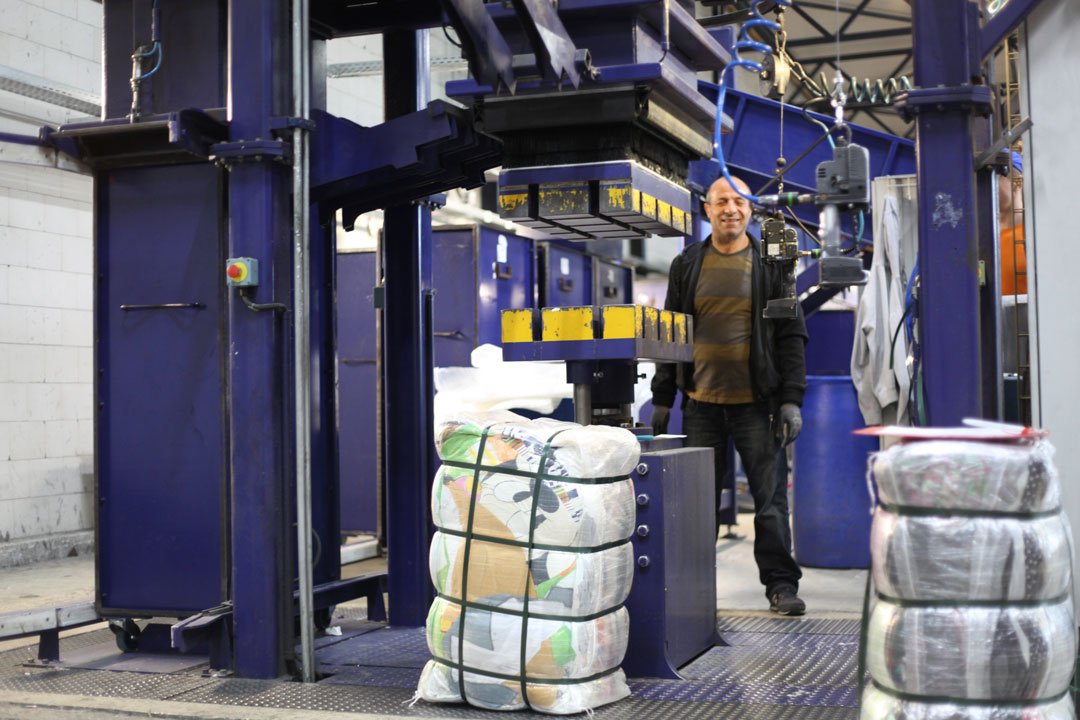Wieland wants to make a giant leap towards the transition to a circular textile industry
The urgency of an effective transition to a circular textile industry is bigger than ever. The negative impacts of the contemporary, linear textile chain on people, the planet and the economy are dazzling. From miserable and dangerous working conditions for millions of people that are working in the textile industry, up to an unimaginable waste of raw materials: from the total amount of raw materials for garments, less than 1 per cent is re-used for the production of new clothes. Moreover, the textile industry is one of the main causes of the ‘plastic soup’ in the oceans. Approximately 0.5 million tons of plastic micro-fibers coming from garments, has already spilled out into the oceans due to the rinsing of cloths when they are being washed. And what to think of the huge contribution of the industry to the global emissions of greenhouse gases? An amount that is even greater than the total emissions of the international aviation industry and shipping sector together! In other words, the textile industry is at the eve of an epic transition.
Wieland believes these negative trends can be stopped with system innovations focusing on the development of circular textile chains. Relevant aspects of these system innovations are:
- phasing-out of toxic or otherwise hazardous components from fabrics and textile products
- switching to an effective use of renewable raw materials
- development of ‘as-a-service’ business models based on renewable textile materials and products
- new designing concepts focusing on high-quality re-use
- radical improvements of systems for collecting, sorting and recycling of textiles
With Fibersort, Wieland Textiles and Valvan have developed a crucial system innovation which enables them to take a giant leap towards the upcycling of fabrics from discarded clothes. Fibersort paves the way to a quick and (cost) effective recovery of used textiles that are suitable as raw materials for the production of new garments. The relevance of this system innovation is evident, because the acceptance of second-hand clothes from Western Europe – in particular in Afrika and Asia – is gradually declining due to the growing supply of cheap new garments from China. As a consequence, the huge waste of valuable materials in the textile chain might grow even more.
Against this background, the mission of Wieland Textiles is to promote an international market where every new garment consists of at least 20 per cent used fibers within ten years.
With this ambition, Wieland collaborates with local governments and frontrunners in the textile industry to create new, circular chains for collecting, sorting and upcycling of discarded textiles for the production of new garments. As part of this mission, Wieland aims to take a giant leap in the transition towards a sustainable, circular textile industry.



